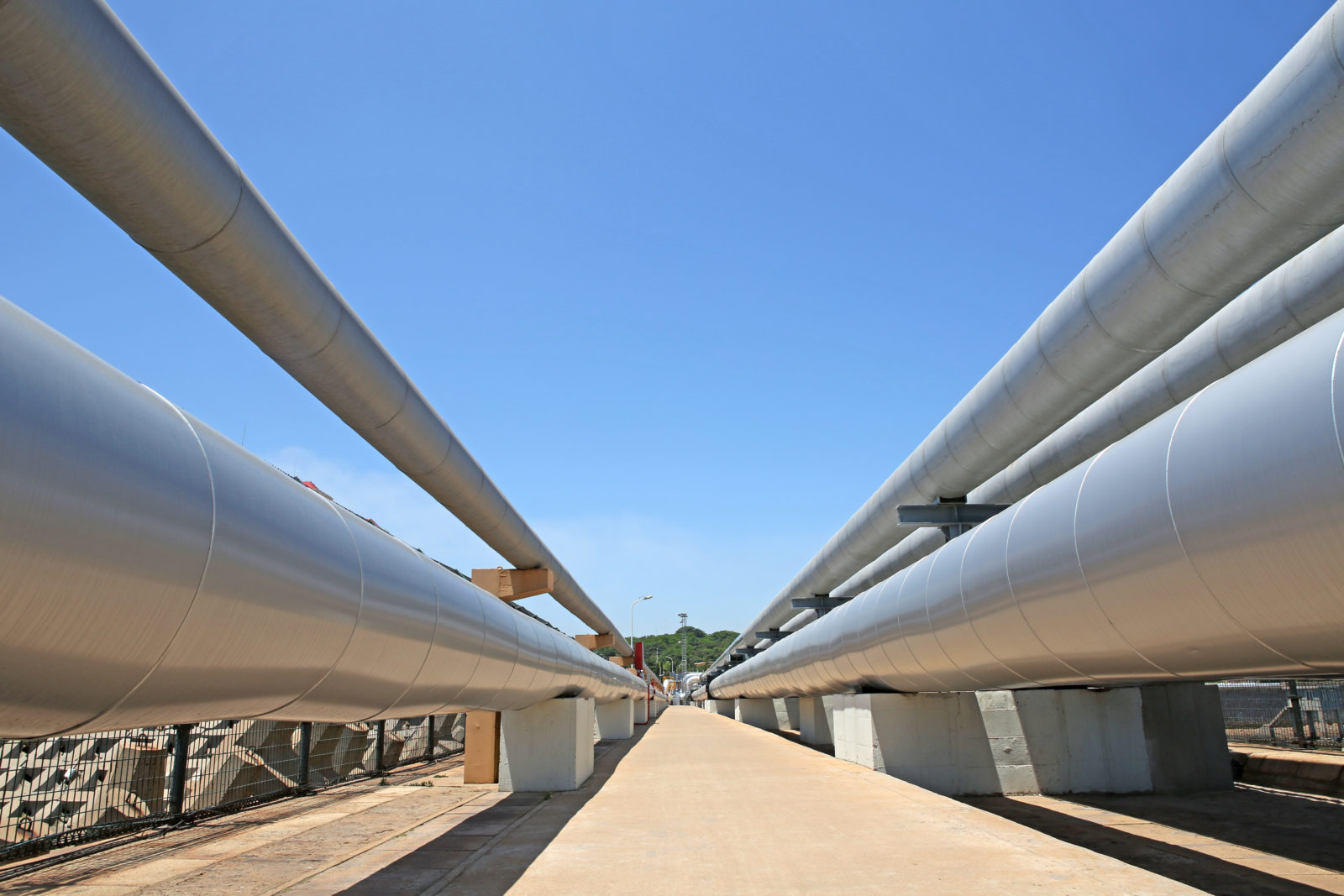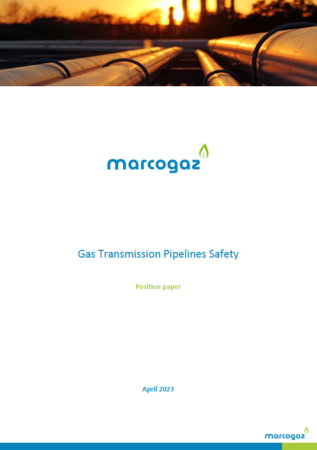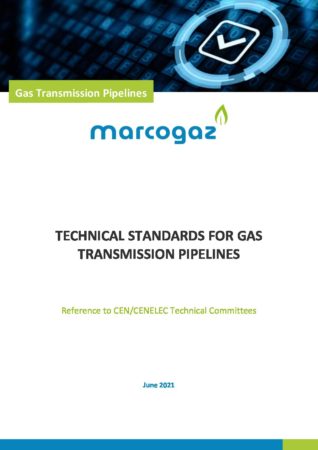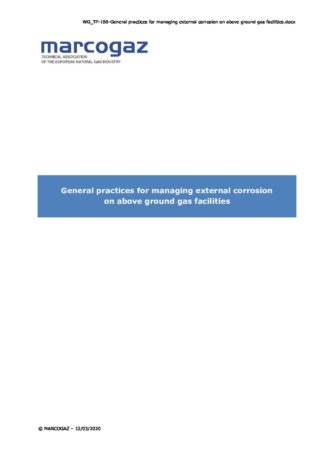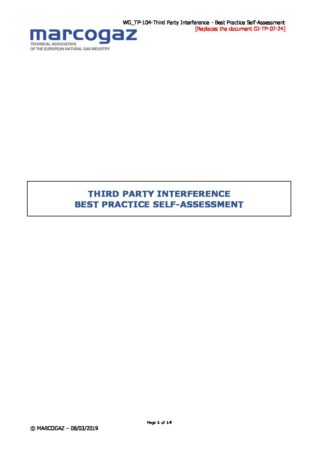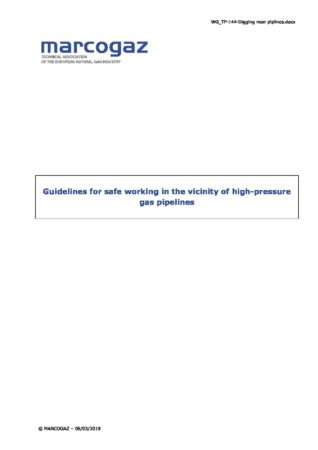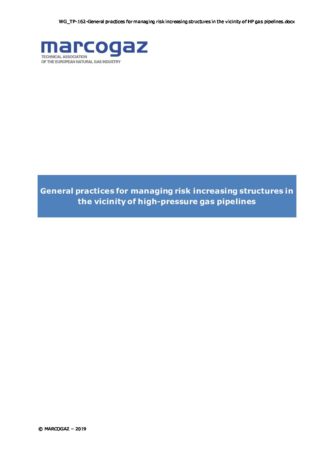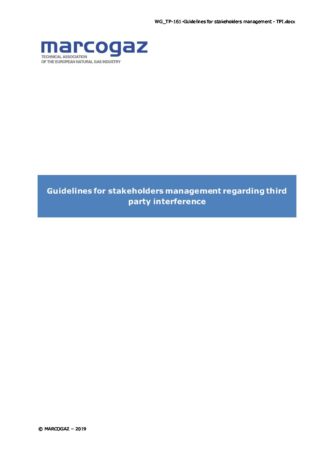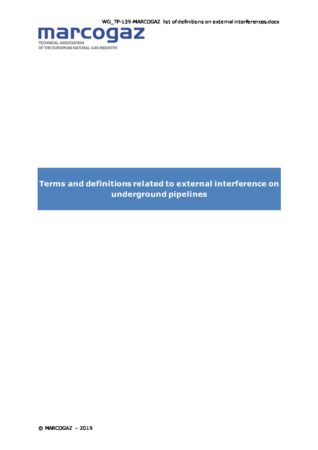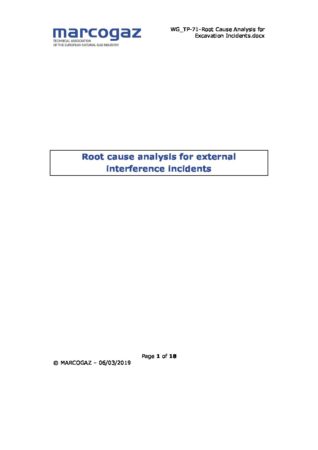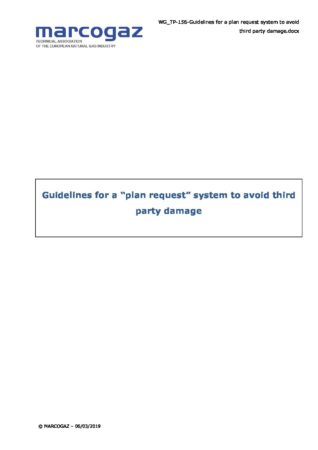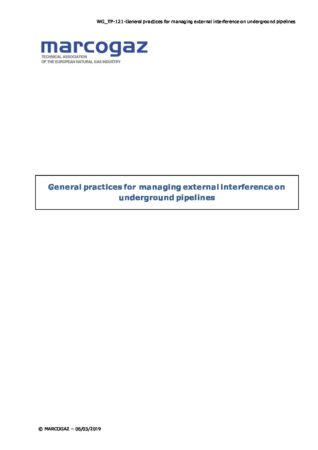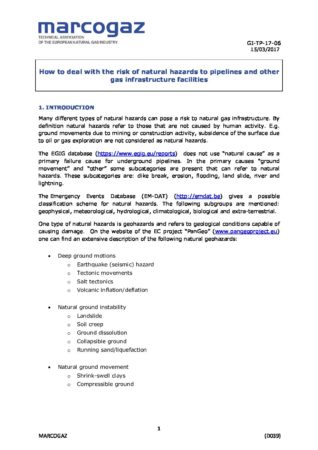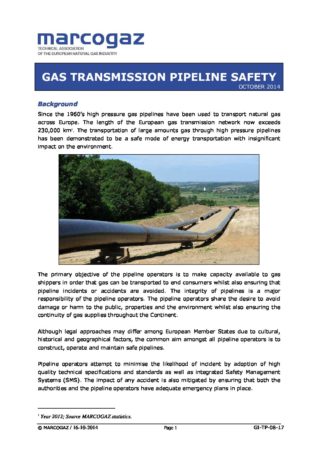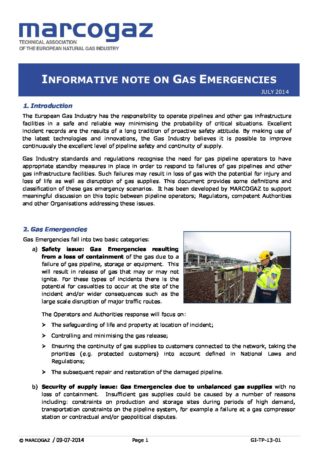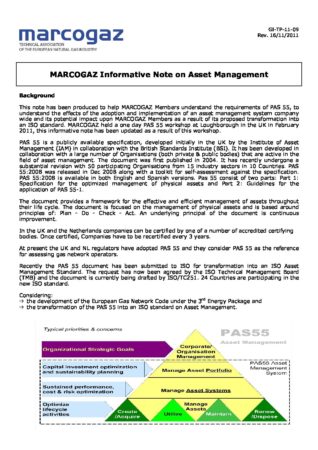Gas Infrastructure > Transmission
The main role of the gas transmission infrastructure is to transfer high-pressure (from 16 bar) gas on long distances. Large quantities of gas are transmitted through steel pipelines from and across national borders to the distribution networks and to supply industrial customers.
Transmission networks are made up of different installations operated by the transmission system operator (TSO), including: high-pressure pipelines, pressure reducing stations, metering stations, valve stations and compressor stations.
TSOs are responsible for the safety and reliability of their networks. Since transmission networks are bound to the continuous delivery of the gas, the operators must take the appropriate actions to ensure this continuity.
The TSO’s range of responsibility covers the full life cycle of the gas transmission infrastructure, from the study phase until the decommissioning.
Operating a high-pressure network, mainly located in public areas, requires specific measures to ensure its tightness and a high level of safety.
Together with the usual engineering, maintenance and operational activities, the TSO monitors the external threats to their installations to prevent third party damages. Third-party interferences are the most frequent causes of damage to the buried installations and require permanent monitoring of potential threats and hazards.
The integrity of the high-pressure installations and all its equipment are fundamental to safeguard the optimal functioning of the network in the long term. TSOs are obliged to implement action plans to guarantee that assets are capable to safely operate for decades.
For this reason, any decision to inject new gases into the existing natural gas grid is subject to an investigation, depending on technical parameters and local regulatory approval.
The legislation for the gas transmission activities differs from country to country and the industry relies on European standards (EN 1594) and quality systems such as the Safety Management System (SMS). MARCOGAZ is actively fostering the CEN standardisation activities since it provides clarity for the operation of the systems, including functional requirements (e.g. maximum operating pressure, etc.).
Besides the standardisation, MARCOGAZ is also monitoring the new technologies and actively supporting innovation to increase safety and efficiency, to ensure the continuity of supply and to operate assets in a sustainable way.

Chair
Leen Pronk

